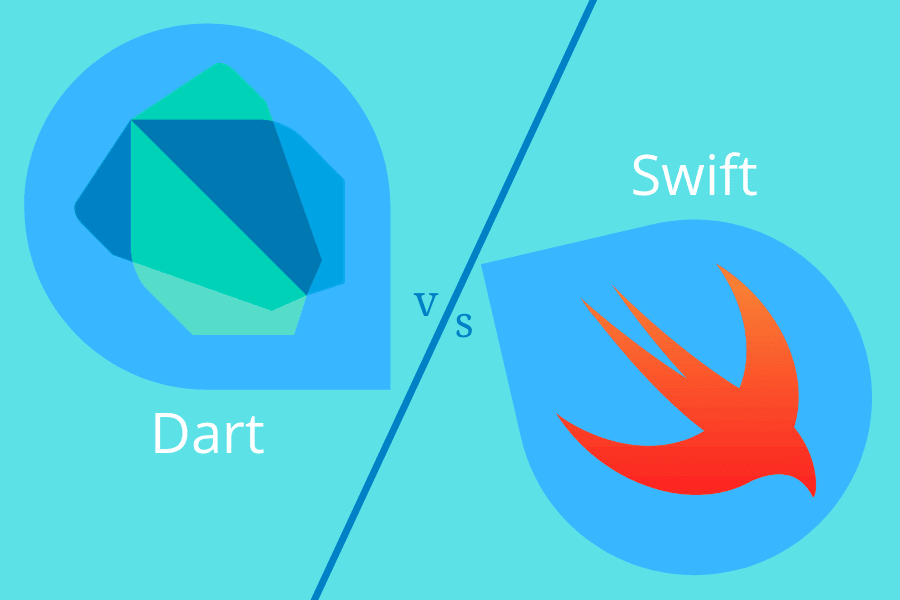
DevOps automation is a modern software development methodology that focuses on merging the efforts of development and operations teams to enhance the efficiency of the software development lifecycle. By utilizing various tools and technologies, DevOps automation aims to automate routine tasks and enhance the overall software delivery process. Exploring the advantages of DevOps as a Service (DaaS) can bring significant benefits to your business by leveraging this collaborative approach to software development and deployment.
DevOps Automation: 6 Key Features
Continuous Integration
Continuous integration (CI) is a key feature of DevOps automation. It empowers developers to merge their code modifications into a common repository several times throughout the day. This approach facilitates the early detection and rectification of errors during the development phase, ultimately leading to significant time and resource savings in the future.
Continuous Delivery
Continuous Delivery (CD) is a pivotal aspect of DevOps automation that focuses on automating the process of building, testing, and deploying code changes across various environments. By implementing CD practices, teams can streamline the delivery of new features and bug fixes to end-users swiftly. This approach not only enhances time-to-market but also boosts overall customer satisfaction by ensuring a more efficient and reliable software release process.
Configuration Management
Configuration Management is a critical component of DevOps automation that empowers teams to efficiently handle and automate the configuration of their infrastructure. This encompasses the management of various elements such as servers, networks, and other infrastructure components. By implementing robust configuration management practices, teams can swiftly provision new environments, scale infrastructure resources, and effectively manage dependencies. This approach enhances consistency, scalability, and agility in infrastructure management, contributing to smoother operations and improved overall efficiency in the development process.
Containerization
Containerization is a crucial aspect of DevOps automation that revolutionizes the way applications are packaged and deployed. By leveraging containers, teams can encapsulate applications along with all their dependencies and configurations in lightweight and portable runtime environments. This approach ensures consistency and portability, allowing for seamless deployment and management of applications across diverse environments with ease and efficiency.
Infrastructure as Code
Infrastructure as Code (IaC) is a fundamental concept in DevOps automation that transforms the management of infrastructure by treating it as code. With IaC, teams can automate the provisioning and configuration of infrastructure using code-based definitions. This approach streamlines the process of setting up new environments, scaling infrastructure resources, and managing dependencies in a more efficient and consistent manner. By adopting IaC practices, teams can achieve greater agility, reliability, and scalability in their infrastructure operations.
Monitoring and Logging
Monitoring and logging play a crucial role in the realm of DevOps automation, enabling teams to oversee and maintain the performance and well-being of their applications and infrastructure. These practices involve gathering and evaluating performance metrics and log data, as well as establishing alerts and notifications to promptly alert the team to any potential issues. By diligently monitoring and logging system activities, teams can proactively identify bottlenecks, troubleshoot problems efficiently, and ensure optimal performance and reliability of their systems.
Conclusion
So these are some of the key features of DevOps that you must be aware of. In short, we can say that DevOps automation is a powerful approach that can help teams optimize the software development process. The key features of DevOps automation include continuous integration, continuous delivery, configuration management, containerization, infrastructure as code, and monitoring and logging. By utilizing these features, teams can improve time-to-market, increase efficiency, and deliver better software to customers. Teams need to choose the right tools and technologies that align with their needs, budget, and resources to make the most out of DevOps Automation. With the help of DevOps automation, your company can reach new heights of success.








